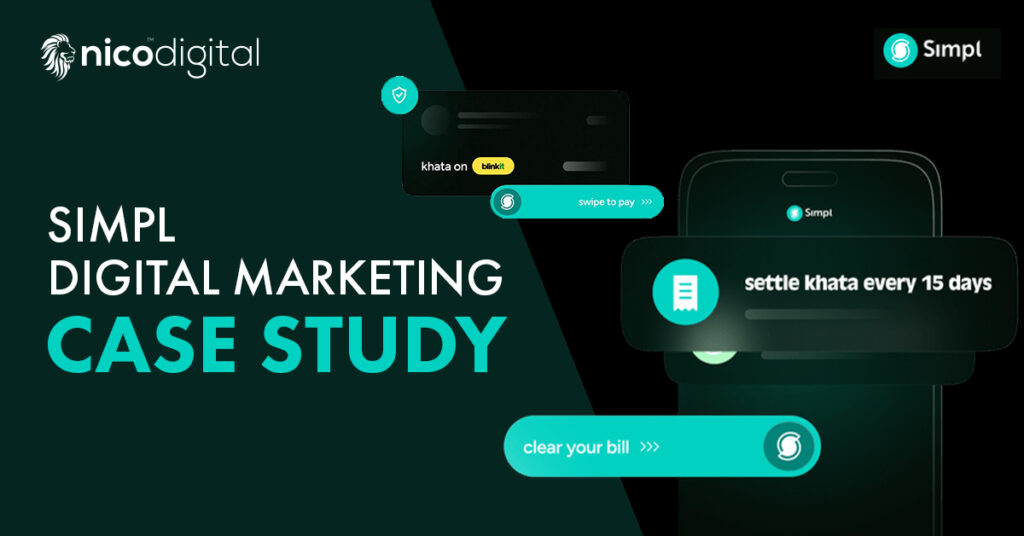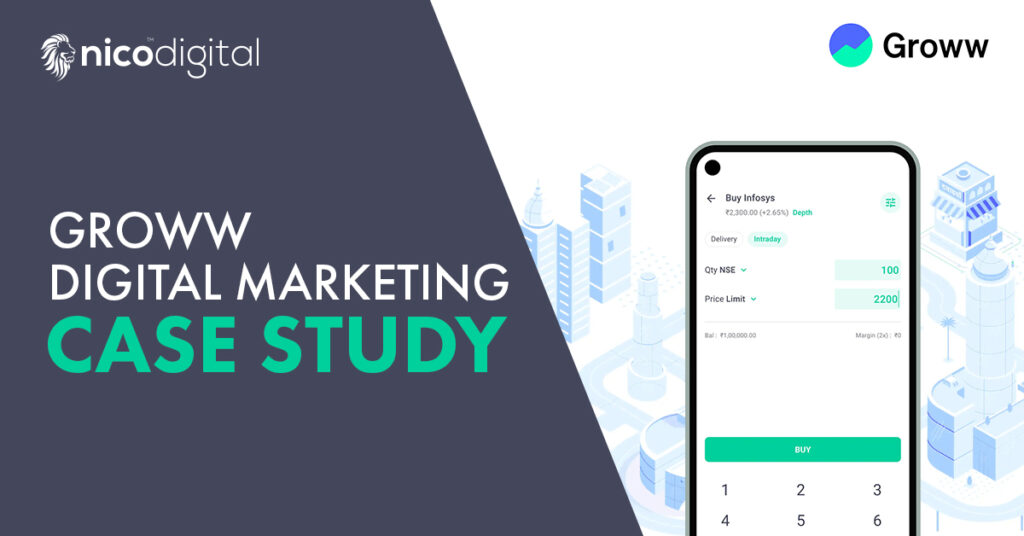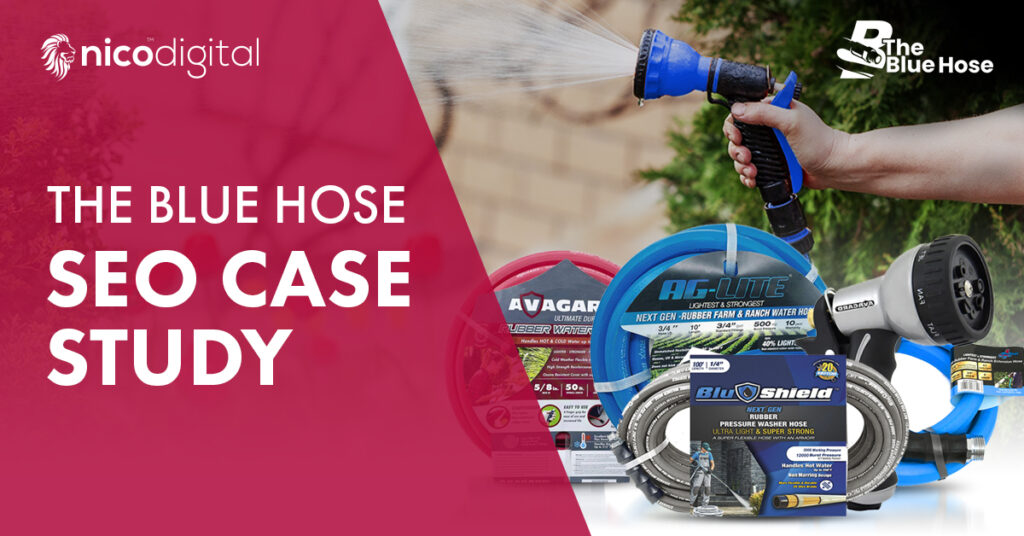
It all started with a complaint.
“We are doing everything right, but traffic isn’t converting on our website, like it should. Also, half of our best-selling products, like our AeroGlide Water Bottle, are ranking on the 2nd page of Google!”
This was probably the first thing that our new client, a medium-sized e-commerce plastic brand told us during our discovery meeting.
Their website ticked all the boxes. The website was clean and they had solid product pictures. And their backlink profile was kind of decent too.
Yet, something was dragging them down. The sales team was frustrated. And the SEO team was out of ideas.
But, what we discovered next was something so simple, it had completely skipped our thoughts. And the results were about to be game-changing.
Well, in this blog, we will take you through the technical deep-dive behind how a single HTML tag, the canonical tag, helped this brand increase its conversions by 19%.
That too in under 60 days!
The Hidden Problem Lurking in Your Code!
Wait a minute and let’s rewind a bit.
The brand had a few hundred SKUs across categories, shoes, accessories, and lifestyle apparel. And over time, some products went out of stock, but the pages remained live.
Others had seasonal variations (summer/winter), and still others were duplicated under campaign-specific URLs (e.g., /summer-sale/product-x vs /product-x).
Well, from a user’s perspective, it was probably fine.
But from a search engine’s point of view?
It was chaos.
Canonical Tag 101- What It’s Meant to Do
Let’s start by simplifying the jargon.
The <link rel=”canonical”> tag indicates to Google, “This is the preferred version of this page. Ignore the rest.”
It’s meant to solve duplicate content issues by pointing all authority (read- link equity) to a single, canonical page.
It tells Google to give all the credit, the rankings, and all the link love to that particular page.
<link rel=”canonical”> tells search engines which URL is the page’s main version to avoid duplicates.
And why is this necessary?
Well, websites, we are talking about big ones, like an e-commerce store, are kind of messy.
You might have:
- The same product accessible via multiple URLs (e.g., /product/aeroglide-blue/, /product/aeroglide-blue?size=32oz/, /summer-sale/aeroglide-blue/).
- Printer-friendly versions of pages.
- Session IDs or tracking parameters creating unique URLs (/product/aeroglide-blue?source=facebook).
- Out-of-stock pages that are kept live (often for good reason – maybe you expect restocks, or they have valuable reviews/content).
Without canonical tags, Google sees all these “slightly” different URLs as each individual pages. It then has to figure out which one is the “main” one to show in search results. And often, it guesses wrong.
Now, what we call link equity, gets split and diluted across all these duplicates pages.
Imagine you have 10 people searching for the AeroGlide Bottle, but they’re all pointing to 10 slightly different doorways into the shop.
And that searching power is consolidated onto a single main doorway by the canonical tag.
Canonical Tags, when misconfigured, can cause:
- Page cannibalization
- Loss of link equity
- Lower rankings
- Reduced organic traffic
And as you can see from the infographic above, this was exactly what was happening with our client.
Diagnosis- The Canonical Chain Mess
We ran a crawl using Screaming Frog and then validated the results against Google Search Console.
Below is what we discovered:
1. The Healthy Product Page: Let’s say the true, canonical URL for the blue 32oz AeroGlide was:
https://sarahsstore.com/products/aeroglide-water-bottle-32oz-blue
This page had the canonical tag pointing… correctly to itself:
<link rel=”canonical” href=”https://sarahsstore.com/products/aeroglide-water-bottle-32oz-blue” />
Ahh, good so far!
2. The Out-of-Stock Page (The Problem Child): When the blue 32oz bottle sold out last quarter, their system automatically generated an “out of stock” page.
This page wasn’t deleted…it stayed live, displaying a message like “Sorry, this item is currently unavailable. Check back soon!” And, it had its very own URL –
https://sarahsstore.com/out-of-stock/aeroglide-water-bottle-32oz-blue
Here’s where the critical error happened: Someone (or some automated system) had added a canonical tag to this “out of stock” page.
But instead of pointing it back to the main, in-stock product page (/products/…), it pointed… to itself –
<link rel=”canonical” href=”https://sarahsstore.com/out-of-stock/aeroglide-water-bottle-32oz-blue” />
3. The Broken Chain: This created a disastrous chain reaction:
- The healthy product page correctly claims itself as canonical.
- The out-of-stock page also incorrectly claims itself as canonical.
- Google now sees TWO pages both loudly declaring, “I AM THE TRUE AND ONLY VERSION OF THIS CONTENT!” It doesn’t know who to believe.
- Crucially, when high-quality sites linked to the AeroGlide bottle (those awesome fitness blogs!), some linked to the out-of-stock URL (maybe they wrote about it during the shortage, or a scraper picked it up). This passed valuable “link equity” directly to the OOS page.
And the result?
Google was unsure which page to index. And worse, link equity from internal links and external mentions was like split across different versions.
Imagine pouring water into five different glasses instead of one bucket. That’s what their link equity graph looked like.
Their conversion rates had fallen waayy low. Simply because their own customers were being sent to the digital version of a closed store!
Hunting Down the Canonical Culprits
Fixing this was easier said than done. We were looking at some meticulous scrutiny of the urls. Still, we were determined. We rolled up our sleeves, and well, stepped right in.
- The Crawl Data: We fired up our favorite site crawler (Screaming Frog, Sitebulb – take your pick). We configured it to extract every single rel=”canonical” tag across the entire site.
- The Spreadsheet Expedition: We exported all the URLs with their self-declared canonical URL. This gave us a massive list. “URL A, which says its canonical is URL B.”
- Finding the Broken Links (Literally): This is where the magic (and the eye strain) happened. We sorted and filtered this list, looking for two key problems:
- Canonicals Pointing to Certain Non-Existent Pages: It was easy to spot (crawler flags 404 errors on the target canonical URL).
- The Self-Referencing OOS Trap: This was trickier. We filtered specifically for URLs containing paths like /out-of-stock/, /discontinued/,/unavailable/. Then, we checked the canonical tag for each. Bingo! Thousands of OOS pages had <link rel=”canonical” href=”[EXACT SAME OOS URL]”/>. They were proudly and incorrectly declaring themselves as the canonical version.
- Chains Ending Wrong: We also traced chains. If Page C canonicals to Page B, and then, Page B canonicals to Page A, that’s good of course… (equity flows to A). But if Page B canonicals to itself incorrectly, the chain breaks, and equity gets stuck on the worthless B (our OOS page).
- The “Aha!” Moment: Seeing column after column in the spreadsheet where /out-of-stock/… URLs pointed to themselves was the smoking gun.
It wasn’t just one or two…it was in line all over their whole catalog of OOS and discontinued products. Each of these pages had the potential to kill conversions, hoard link equity, and perhaps, also rank for the incorrect keywords.
The Fix – One Line of Code, Thousands of Corrections!
This entire canonical tag business might have looked real messy to an outsider. But, me, being blessed with a team, having individuals with over 11+ years of experience in SEO, remained calm. Because we all knew the solution was beautifully, and stupidly, simple.
For every single one of those misconfigured “out-of-stock,” “discontinued,” or similar non-purchasable pages:
WRONG (Before):
<link rel=”canonical” href=”https://sarahsstore.com/out-of-stock/aeroglide-water-bottle-32oz-blue” />
RIGHT (After):
<link rel=”canonical” href=”https://sarahsstore.com/products/aeroglide-water-bottle-32oz-blue” />
That’s it. One attribute change in the HTML.
Instead of saying “I am the main event,” the OOS page now humbly says, “All credit for this product belongs to the real, potentially in-stock, product page over here.”
Bingo!
However, although it might be simple in theory, the execution still had some scale to it.
- Template Edit: This was the biggest win. We identified that the OOS pages were generated from a specific template. Updating the canonical logic in that template automatically fixed every single OOS page. The tag now dynamically pointed to the corresponding /products/ URL.
- Backlog Cleanup: For historical OOS pages (thousands of them), we needed a bulk solution. We exported the list of broken URLs and their correct canonical targets (the /products/ URLs). This data was fed to their developers.
- The Deployment: In order to update the canonical tags on every historical OOS page found during our audit, developers applied the template fix and executed a script. This needed either editing the page headers directly through their deployment process or updating their CMS.
- Verification: We crawled again after deployment. To make sure the canonical tag was now pointing to the healthy product page, we looked at a large number of OOS pages. We also kept an eye on Google Search Console for any canonical-related crawl errors.
And the immediate results were that we saw that Google started focusing more on the actual product pages and the category pages. This helped to improve the overall site indexation efficiency…a nice strategy overall.
The Result – A 19% Lift in Conversions
We had held our breath. Fixing technical SEO issues rarely provides results overnight. But, we saw that the impact of fixing this leak was actually pretty fast. And dramatic.
- Week 1-2: We started seeing movement in Google Search Console. The number of “out-of-stock” URLs indexed began to drop steadily. Impressions for keywords containing “out of stock” or “unavailable” started to decrease.
- Week 3-4: This was the time when the magic happened. Rankings for the healthy and in-stock product pages for core “buy [product name]” keywords began to climb significantly. Where the OOS page used to rank #3 for “buy AeroGlide 32oz blue,” the actual product page now was at that spot. The OOS page vanished from the first few pages of results for those terms.
- Traffic & User Behavior: Organic traffic to the product pages boosted! Oh, and more importantly, bounce rates on these landing pages dropped sharply. People were arriving on pages designed to sell! They saw “Add to Cart” buttons, images, copy, and reviews. They weren’t hitting a dead end anymore!
- The Conversion Surge (The 19%): This was the golden metric. Over the next 60 days, compared to the 60 days before the fix, the client’s overall website conversion rate increased by 19%. Let that sink in. One HTML tag change, implemented systematically. That’s all. Not a redesign, not a new ad campaign, not a price drop. Just fixing a broken technical signal. Man, sometimes it’s soo simple…!
The leak was plugged, and the SEO equity flowed to the right place. The cash register.
Why It Worked? The Real SEO Lesson.
This wasn’t about stuffing more keywords or adding more content.
It worked because we stopped leaking authority.
When link equity, crawl budget, and internal linking all point to one page, Google gets the message: “This is the page that matters.”

This kind of clarity alone can unlock major ranking potential, especially for e-commerce brands juggling through many products, seasonal content, or even, some sale pages.
Most SEO audits skip over canonical chains or misinterpret them. But if you’re serious about performance, you can’t afford to.
Now we knew.
And the broader implication?
This isn’t just about “out-of-stock” pages. Broken canonical chains can happen anywhere.
- Paginated content (/page/2/ pointing to itself instead of page 1).
- Filtered category pages (e.g., /shoes?color=red pointing to itself instead of /shoes/).
- Session ID URLs.
- HTTP vs. HTTPS inconsistencies.
- WWW vs. non-WWW inconsistencies.
Anywhere duplicate or near-duplicate content exists, a misconfigured canonical tag can fracture your SEO equity and send users (and Google) to the wrong destination! And in the e-commerce business, you bet you don’t want that happening.
P.S. – Think your canonicals are fine? Here’s how you can spot check them right now!

Does the URL in that tag point to the current, healthy product page? Or does it point to the out-of-stock URL itself? You might be surprised!
Are you experiencing the same frustration our client had at the start?
Do you have great traffic but disappointing sales? Are your product pages struggling to rank while irrelevant pages keep popping up in search results?
You might have a canonical leak!
Don’t let your hard-earned link equity drip away!
Let’s find your leak and turn it into a floodgate of new sales!
Connect with me today for a free, no-obligation consultation. And let’s discuss how we can help your brand fix invisible leaks and grow smarter!























